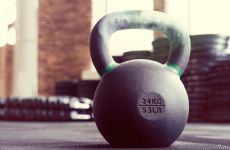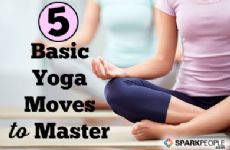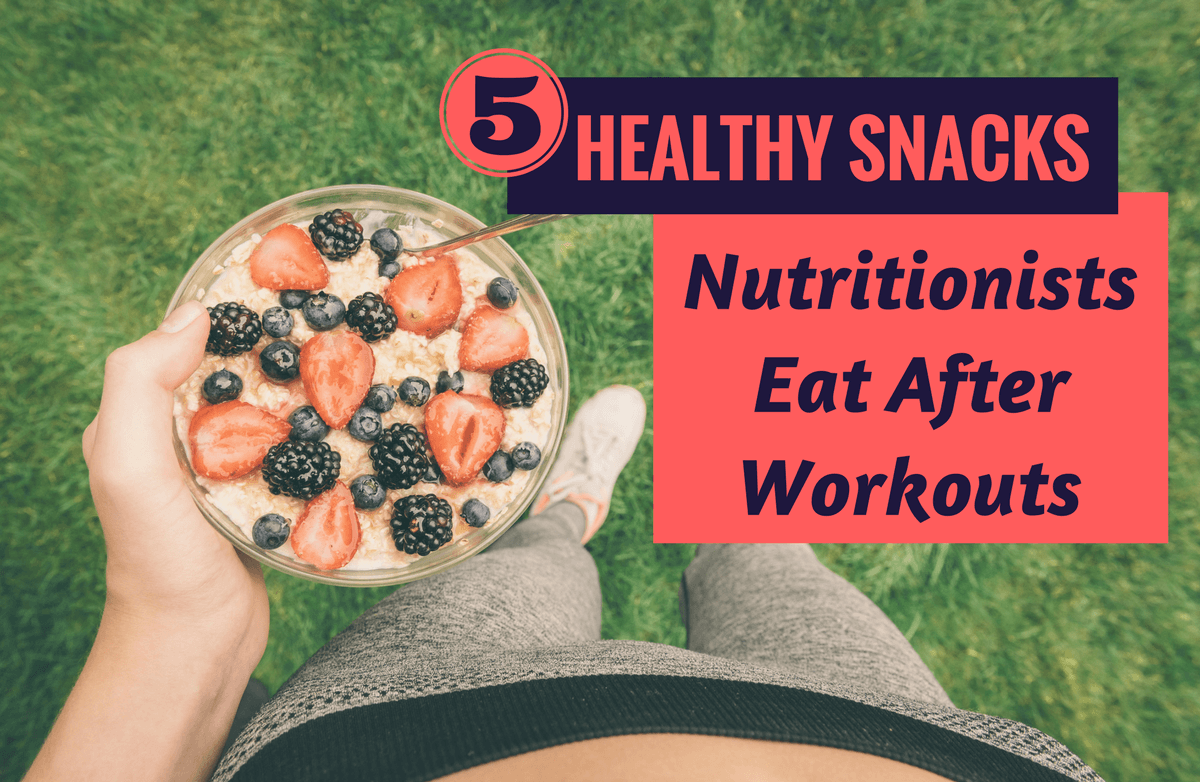|
People often ask me whether certain workouts are "high impact" or "low impact," and in answering them, I have discovered is that there is a lot of confusion among exercisers about what these terms really mean. Yes, they deal somewhat with overall intensity and calorie burn, and are important for fitness tracking, but there's more to it than that. Low- and high-impact exercises offer different benefits and pose different risks. So here are the basics you need to know about the highs and lows of these different forms of exercise. Low-Impact Exercises Simply stated, a workout is low-impact if at least one of your feet remains in contact with the ground at all times. Walking, hiking, rollerblading and most step aerobics and cardio dance workouts are low-impact. Some people consider exercises such as water aerobics, swimming, cycling and the elliptical machine to be low impact as well, but you may also see these described as "no impact" since both feet stay on the ground at all times and/or your body is supported during movement (by water or a machine). Seated workouts, arm ergometers, and gentler mat-based workouts such as Pilates and yoga may also be considered low or no-impact since they do not involve excessive pounding or force on the lower body joints, but in general both low- and high-impact workouts refer to cardio (not strength training or toning). Who Should Go Low? Low-impact exercises are most appropriate for beginners, as well as people with arthritis or osteoporosis, older adults, individuals who are obese, pregnant women, and people with bone, joint, connective tissue injuries. That's because low-impact exercise tend to be less jarring on the body and joints, and less intense overall (more on that below). According to the American Council on Exercise, keeping at least one foot on the ground at all times also reduces your risk of musculoskeletal injury. It's perfectly fine for people without the concerns listed above to perform low-impact exercises, but fitter individuals may have to work harder to reach their target heart rate zone when choosing low-impact exercises. High-Impact Exercises In these workouts, both feet leave the ground at the same time, as is the case during running, hopping, jumping rope, skipping, jumping jacks, plyometrics, some step aerobics (if you jump on or off the step or run around the room), and some cardio dancing that involves leaping. Who Should Aim High? High-impact exercises tend to be more intense overall and therefore burn more calories. They may even strengthen bones better than lower impact options, but any impact can help with that, even if it's light. These types of exercises should be reserved for people who already have a baseline of fitness and are at low risk for joint problems because they pose a higher risk for injury, especially to the ankle, knee and hip joints as well as the spine. How? If you remember high school science class, Newton's third law (the law of impact and reaction forces) explains why. For every action (force applied by one body to a second), there is an equal and opposite reaction (the second applies an equal force on the first but in the opposite direction). Whew! What that means as that your body must absorb the impact forces during high-impact moves. The force on your body while running (high impact) can be more than twice that of walking (low impact). A 150-pound person who runs will land on one foot with about 300 foot pounds of pressure on the ankle, knee and hip joints. This can result in overuse and stress injuries, especially in larger people and at fast speeds. There is no rule that you must progress to high-impact exercises as you get fitter, although many people choose to do so for an increased challenge or greater variety. Keep in mind that many programs combine high and low impact exercises into a single workout and that sometimes, the line isn't as clear. "Rebounding," or jumping on a mini trampoline, involves jumping (high impact) but reduces the impact thanks to the give of the surface, for example. My Choice Since I already have a baseline of fitness and am not at risk for joint problems, higher impact exercises are appropriate for me intensity-wise, but I try to balance the two. To counter the high impact of running, which I do just three days a week, I choose low-impact workouts like Spinning and walking on the other days. This way, I'm not constantly stressing my joints and body with high impact moves that could result in injury over time. As you may have figured out, balancing the risk and benefits of high and low impact exercises is another great reason to cross train. Now you know how to classify the various workouts, classes and DVDs you do, you can track them appropriately on your Fitness Tracker as either low-impact or high-impact aerobics. I hope you are also thinking about which types of exercises are most appropriate for your fitness level and body, too. Do you choose high impact or low impact exercises most often? Will this information change your workout plan? |
Popular Entries
More From SparkPeople
|





.png)















